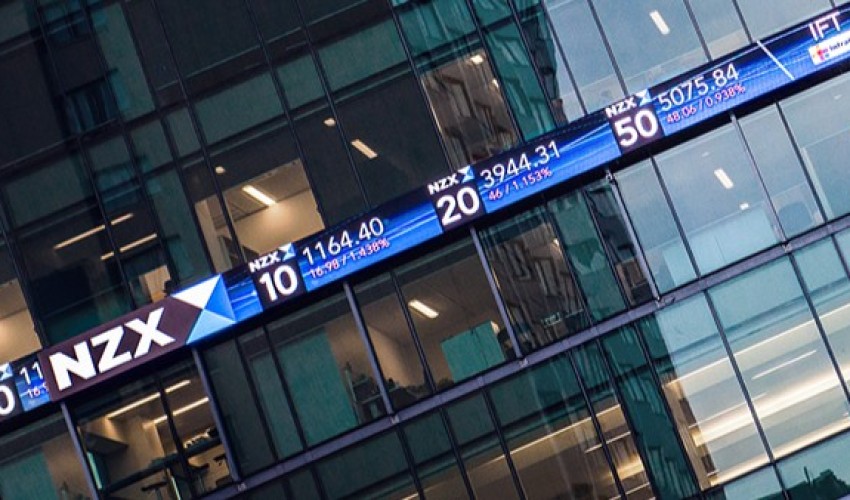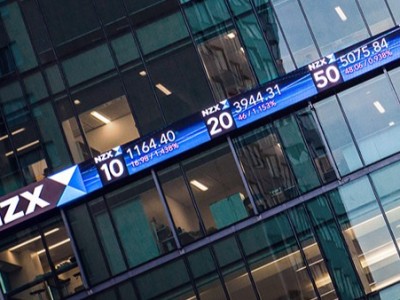Learn » Blog » Market commentary: What happened in August 2025
Market commentary: What happened in August 2025
Published on 04/09/2025
Topics:
investments

Markets navigated a busy August, balancing somewhat softer economic data with ongoing central bank action. Inflation (thankfully) stayed contained, rate cuts flowed on both sides of the Tasman, and global sharemarkets pushed higher despite a few late-month jitters.
Inflation and employment in the US
US inflation figures came in steadier than many expected. July’s Consumer Pricing Index - CPI - rose 2.7% annually, and the Federal Reserve (aka the Fed’s) preferred measure - Personal Consumption Expenditures (PCE) lifted 2.6%. Core PCE, which strips out food and energy, ticked up slightly to 2.9%. Markets breathed a sigh of relief, with hopes this leaves room for a September rate cut.
US jobs data, however, disappointed. The latest employment report was weaker than forecast, and previous months were revised down. That mix of softer job growth and contained inflation gave investors confidence the Fed will continue easing policy later this year.
Central banks cut rates
Closer to home, the RBNZ cut the Official Cash Rate (OCR) by 0.25%, bringing it to 3.0%. The decision wasn’t unanimous, with two members voting for a bigger 0.50% cut, but either way - households with lumpy mortgages coming off their fixed terms will certainly welcome the move. Forward guidance from the RBNZ also hinted at the possibility of another cut before year-end.
In Australia, the RBA delivered its own 0.25% cut, bringing their cash rate to 3.6%. While this is positive for borrowers, some concerns amongst the Australian public remain that commercial banks may not pass on the full benefit to customers.
Markets end the month higher
Despite some end-of-month selling, global sharemarkets generally posted gains for August. The S&P 500 rose 2%, marking another strong month and leaving it teetering close to record highs yet again. In terms of the markets we keep an eye on, Japanese shares led the way, up 4.3% in local currency while Australian equities rose 3.2% (rising to 5% once converted to NZD). Back in the local market, the NZX 50 managed a modest but positive monthly return of 0.8% - still lagging behind our more impressive counterparts.
Bonds find support
Bond markets also had a decent month. Global bonds returned around 0.5%, while NZ government bonds outperformed this with a 1.2% monthly gain. The recent moves to lower interest rates continues to help bond markets, as bond prices typically rise when yields fall. Local investors benefited particularly as expectations grew that the RBNZ would stay on its interest rate easing track.
Big picture themes
Central bankers and policymakers gathered at a lesser-known but influential event on the financial calendar, the Jackson Hole symposium in the US. This symposium serves as a key platform for the US to provide forward guidance on monetary policy which impact global markets. Demographic shifts, productivity trends and the role of technology in shaping labour markets were hot topics. Markets took confidence from Fed Chair Powell’s remarks at Jackson Hole, with September rate cuts now firmly on the table. That said, trade tariffs and their inflationary impact were deemed a key ongoing risk for the global outlook.
All in all, August saw markets continue the upward trend which has shaped 2025, supported by softer economic data and central banks keeping policy loose. Share markets were generally higher, bonds held steady, and rate cuts both here and abroad gave borrowers some relief. But with global uncertainties - from trade policy to politics - volatility could still make an appearance as we head into spring.
And what impact should this have on the investment decisions you make? In our eyes, none - long-term investment decisions make short term noise and volatility irrelevant, so we prefer to stay the course and let markets do what they do best - be unpredictable!


